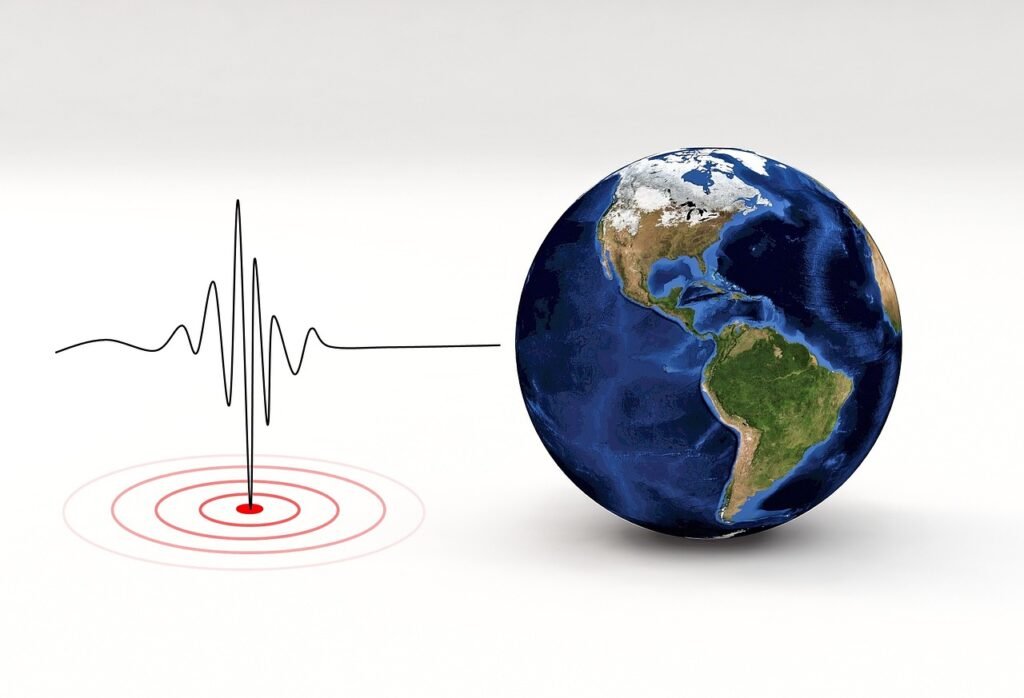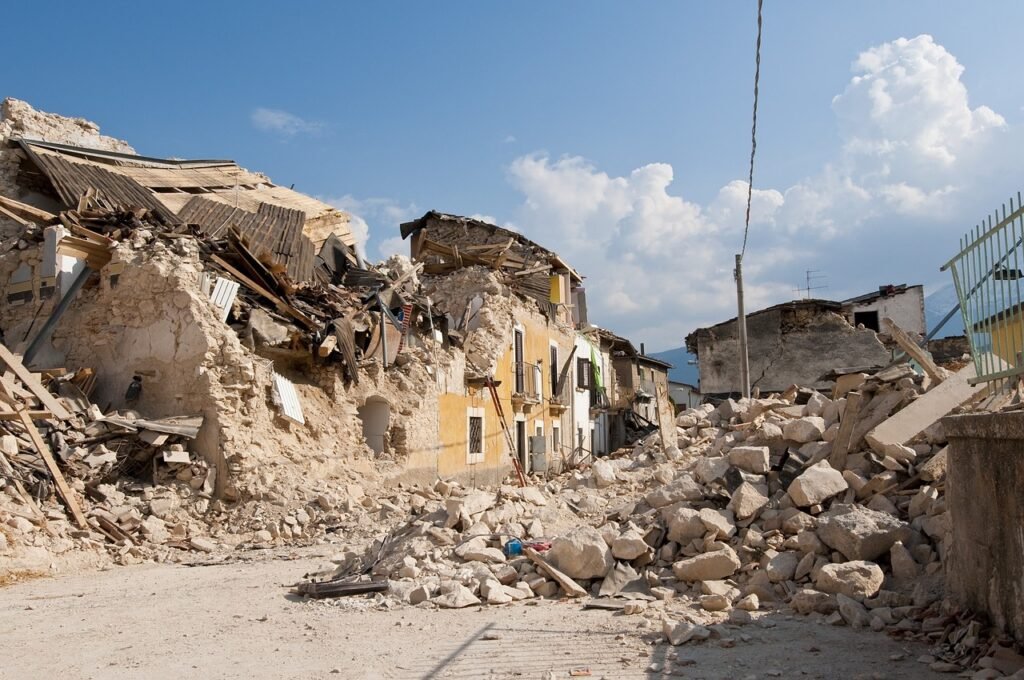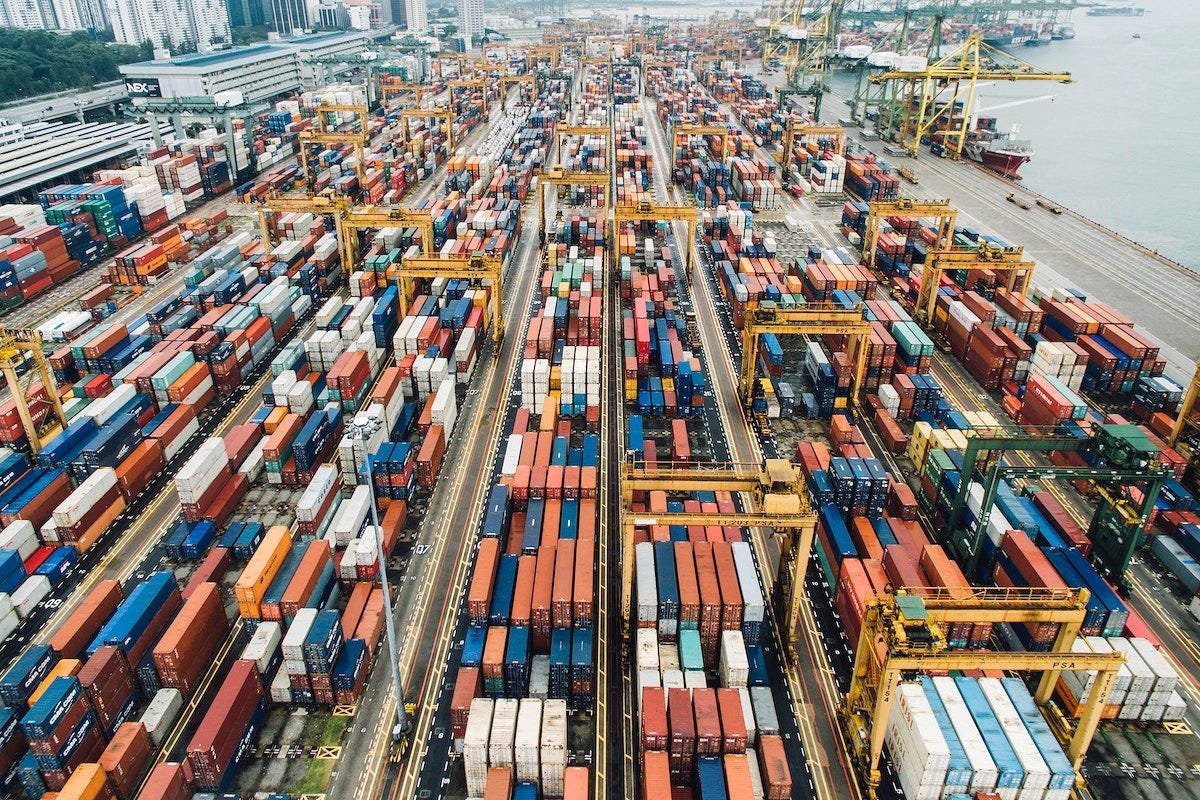Japan’s Heightened Preparedness for Potential Megaquake

- Japan’s weather agency’s advisory and a recent earthquake have heightened public awareness and preparedness for natural disasters.
- The government responded to the advisory by issuing a weeklong alert, and surveys showed increased disaster preparation actions among the public.
- The Nankai Trough, capable of producing megaquakes, has led to increased preparedness measures and public awareness campaigns in Japan.
- Japan’s proactive approach to disaster management includes public education, infrastructure safety checks, and government leadership.
In the aftermath of a recent advisory from Japan‘s weather agency and a magnitude 7.6 earthquake that struck the central part of the country in January, public awareness and preparedness for natural disasters have significantly increased. This is according to recent surveys conducted by the University of Tokyo’s Center for Integrated Disaster Information Research. The survey found that 74.8 percent of respondents in areas where municipalities were urged to prepare for a potential massive Nankai Trough earthquake believed a quake would strike their towns after hearing the advisory.
The Japan Meteorological Agency issued its first-ever advisory on the elevated likelihood of a megaquake around the Nankai Trough on August 8, 2024. This advisory was issued following a magnitude 7.1 quake in Miyazaki Prefecture, southwestern Japan. This advisory prompted the government to issue a weeklong alert for increased preparedness, which was later withdrawn. The advisory’s recognition rate stood at 79.2 percent in the other 19 prefectures, including Tokyo.
The online survey, targeting people aged 20 to 69, was conducted between August 9 and 11 and received responses from 9,400 individuals. This included 200 from each of Japan’s 47 prefectures. Another survey conducted in late July by Tokyo-based marketing firm Intage Inc. showed that a majority of respondents have prepared for a potential natural disaster since the M7.6 earthquake that rattled the Noto Peninsula and its vicinity on New Year’s Day.
Government and Public Response to Megaquake Advisory
The Japanese government responded to the advisory by issuing a weeklong alert for increased preparedness. Prime Minister Fumio Kishida canceled his trip to Central Asia and Mongolia to manage the situation. The public, in turn, showed increased awareness and preparation for potential disasters. A survey revealed that 74.8% of those in targeted areas believed a quake was likely, and there was a rise in disaster preparation actions, with 50.9% of respondents taking steps to prepare for a disaster. This included an average increase of 38.0% in spending on disaster preparedness items.

The government set up a task force under the helm of disaster management minister Yoshifumi Matsumura. Shikoku Electric Power said no shaking was detected at its Ikata Nuclear Power Plant in Ehime Prefecture — the only nuclear plant on Shikoku Island — adding that the plant’s Unit 3 has been shut down for routine inspections. Several domestic flights scheduled to depart Miyazaki Airport after 5:30 p.m. were canceled.
The Cabinet Office generally recommends downloading smartphone applications such as Safety tips, Japan Official Travel App and NHK WORLD-JAPAN operated by public broadcaster NHK. Details are in a multilingual leaflet, which can be found on the Cabinet Office’s website for disaster management.
Understanding the Nankai Trough and Megaquake Potential
The Nankai Trough is an undersea trench off the southeastern coast of Japan. It is capable of producing massive earthquakes, known as megaquakes, with magnitudes greater than 8.0. These earthquakes can trigger devastating tsunamis, as the movement of the tectonic plates releases enormous amounts of energy. Historical data and scientific studies suggest that the Nankai Trough has a cycle of producing such earthquakes approximately every 100 to 200 years, with the last major event occurring in 1946.
The potential for another megaquake in the near future, as indicated by seismic activity and expert forecasts, has led to increased preparedness measures and public awareness campaigns in Japan. These actions reflect a comprehensive approach to disaster management, combining public education, infrastructure safety checks, and government leadership to mitigate the potential impact of a megaquake.
In conclusion, Japan’s heightened awareness and preparedness for a potential megaquake, as evidenced by recent surveys and government actions, demonstrate a proactive approach to disaster management. The country’s experience with earthquakes and its understanding of the Nankai Trough’s potential for producing megaquakes have led to comprehensive measures to mitigate the potential impact of such a disaster. The government’s leadership, combined with public education and infrastructure safety checks, are crucial in ensuring the country’s readiness for a potential megaquake.













Post Comment